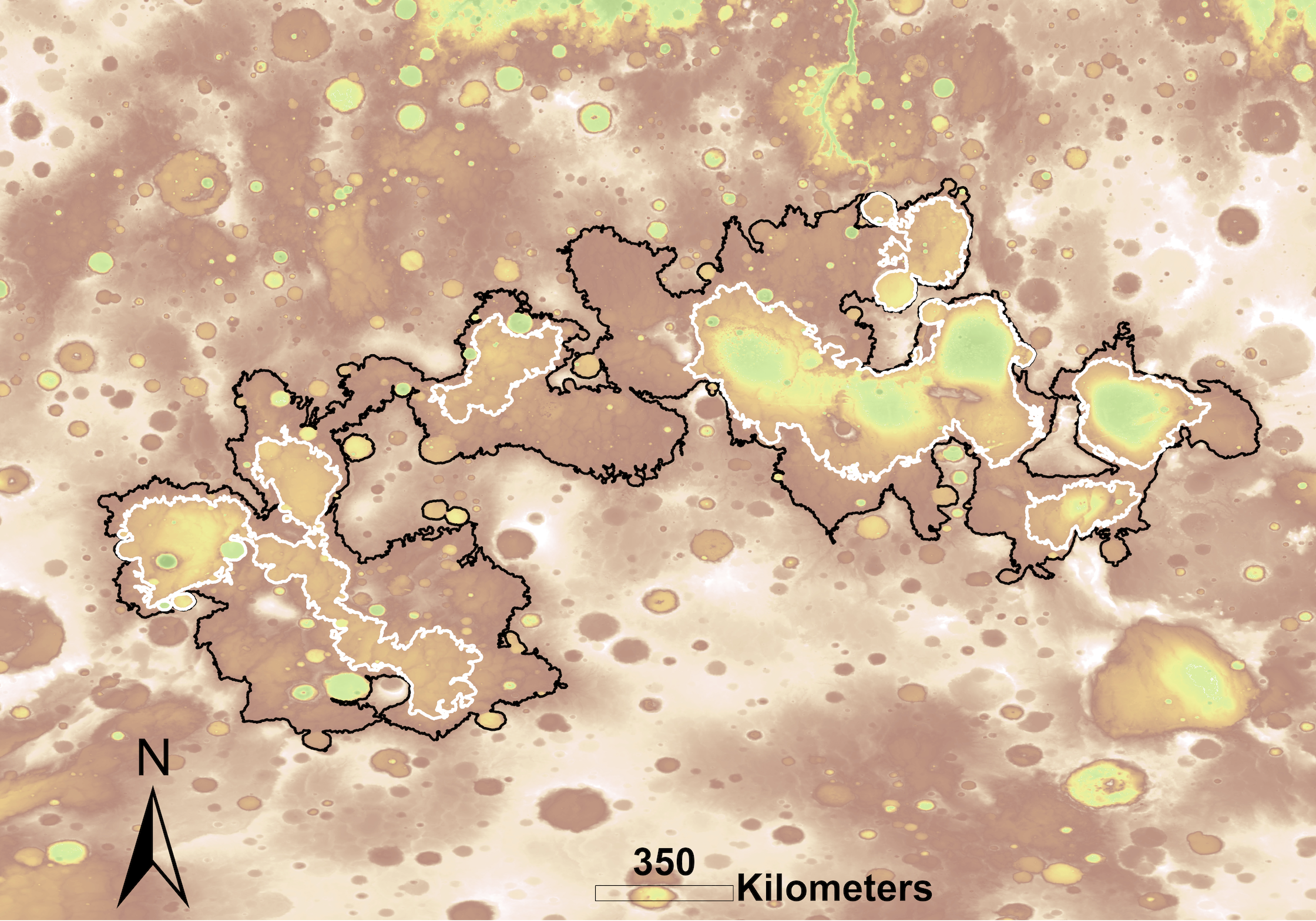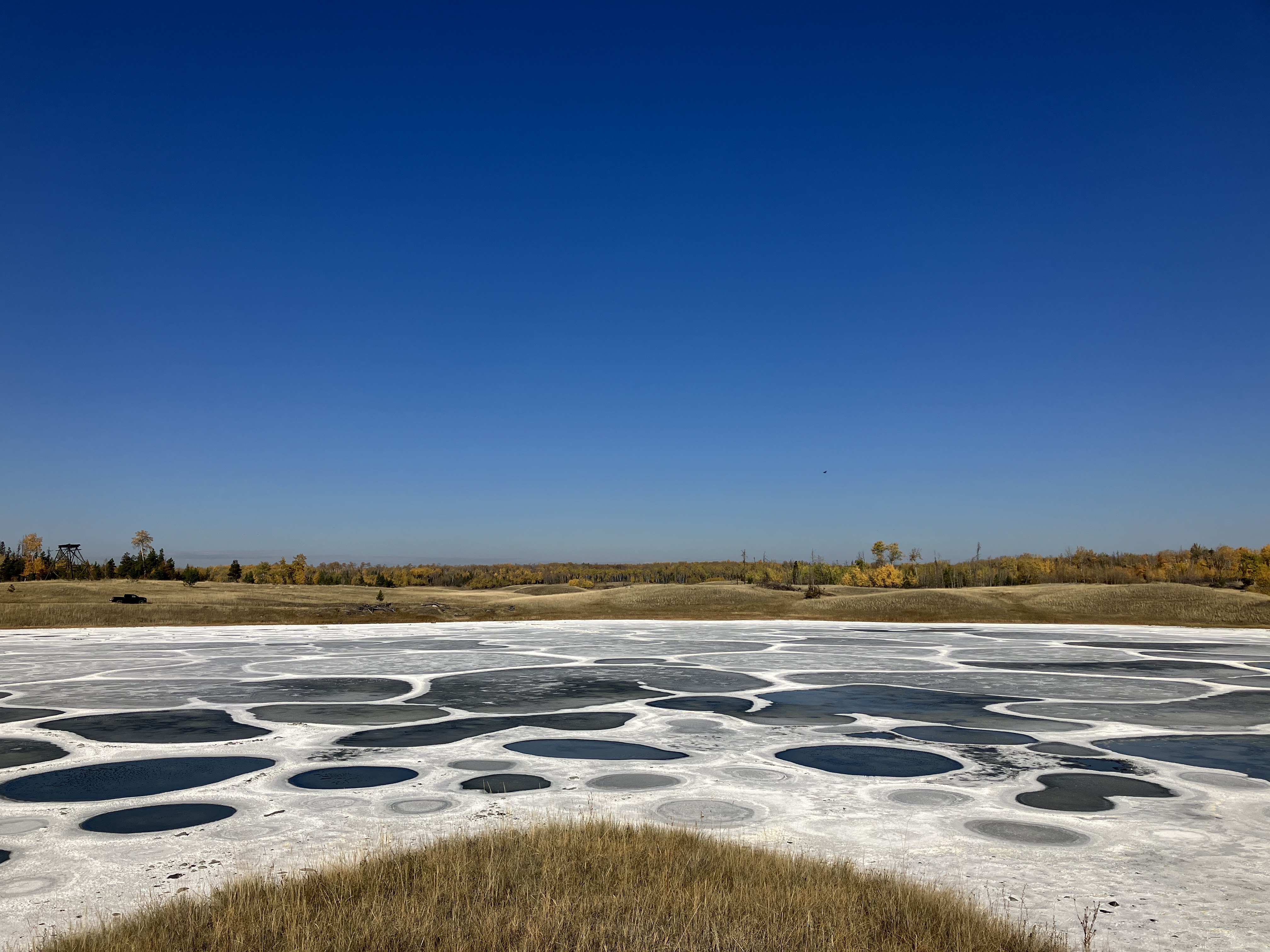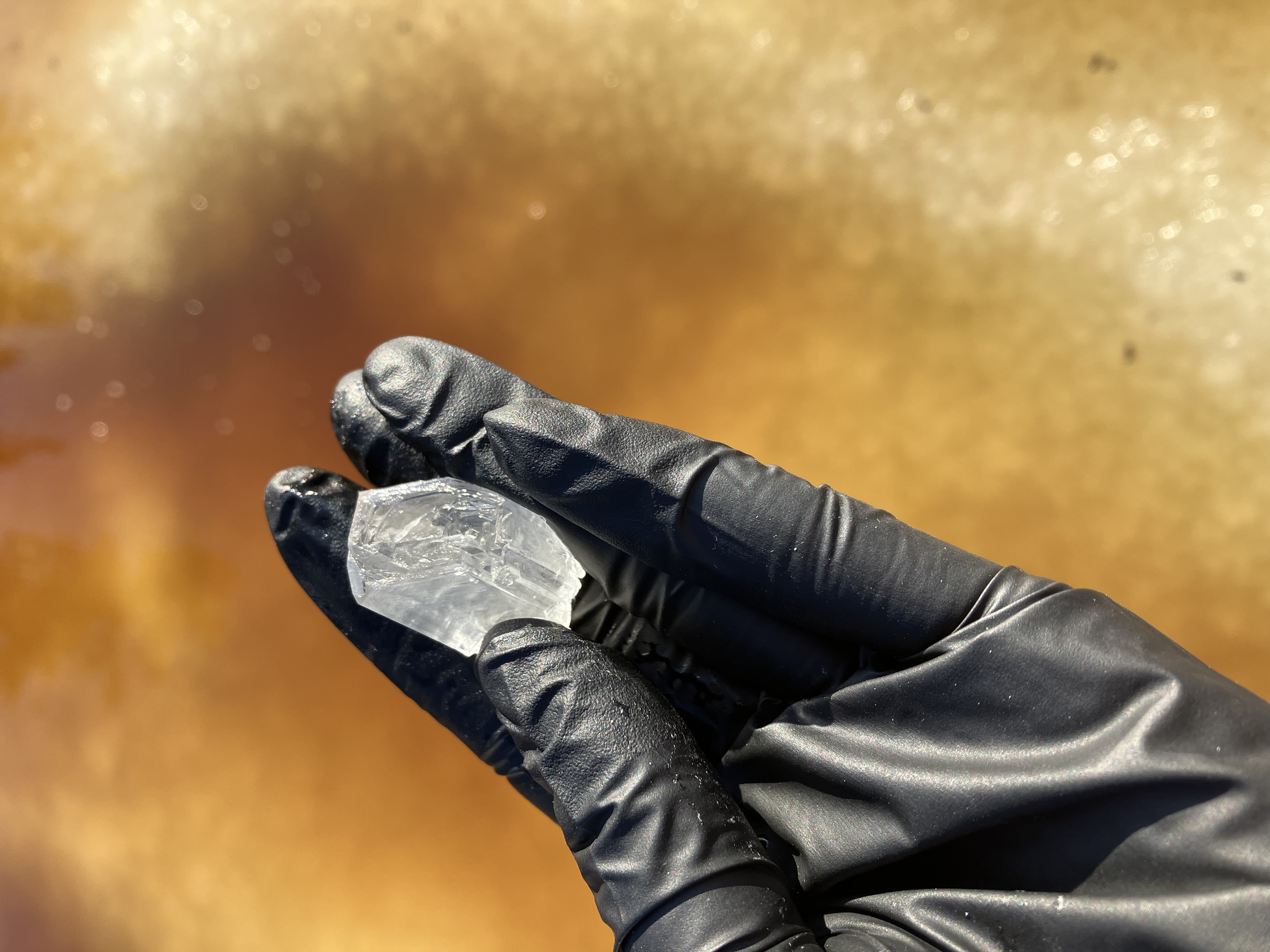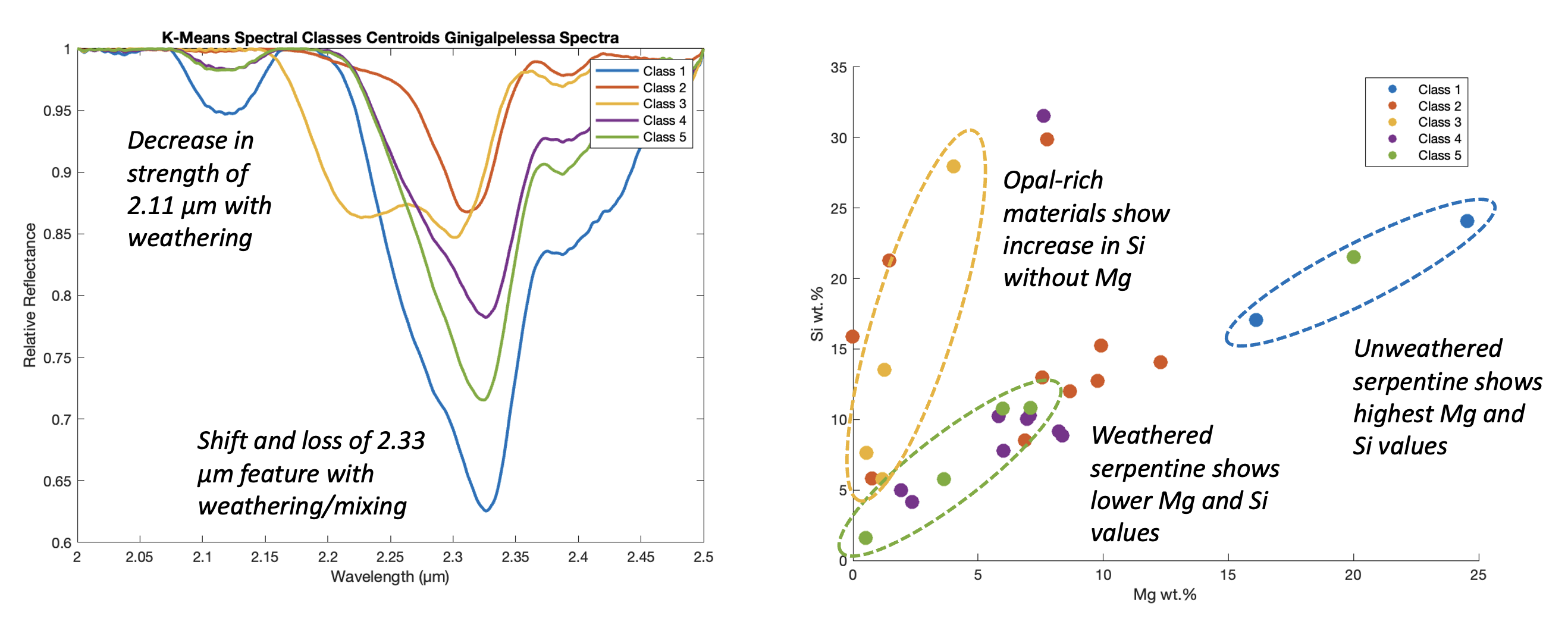
Back to Main
Orbital Mars Mineralogy
I have recently published my dissertation chapter on mineralogy and geochemistry of the Eridania Basin system in the southern highlands of Mars. Eridania Basin is home to a diverse set of minerals including clays, sulfates, and chlorides that are suggested to have formed in a lacustrine hydrothermal system in the Noachian era. However, we find that these materials likely formed under lower water to rock conditions and possibly in fumarolic settings.
I analyzed the geologic setting of minerals—primarily amorphous silica—in Eridania Basin as detected using CRISM hyperspectral image cubes. Amorphous silica can form in low temperature weathering environments as well as hydrothermal environments, and the shape and structure of absorptions features changes accordingly. I find most deposits align with weathering origin. I also investigated the mineralogy of this region on multiple scales, using Thermal Emission Spectroscopy and Gamma Ray Spectroscopy data.
You can find my recently published (July, 2024) paper here: https://doi.org/10.1029/2024JE008461

Sulfate Formation in Gale Crater
Gale Crater on Mars has a vast stratigraphic record of geologic and environmental change. Part of this record is a shift from broadly clay-dominant materials to sulfate-dominant materials moving up the Mount Sharp stratigraphy. This may represent a regional or global cooling/drying event.
As a a member of the ChemCam instrument team on the Curiosity Rover, I use Laser Induced Breakdown Spectroscopy (LIBS) data to investigate the presence of sulfates and other salts that can be used as paleoclimate indicators. Broadly, I’m interested in the kinds of salt assemblages that form from different fluid conditions and different temperature and pressure conditions. I explore this using rover data and low-temperature geochemical modeling.
Freezing and Evaporation in Analogue Environments
Early lakes on Mars might have been ice-covered or open to the environment, and the minerals that might have formed in each system may have differed accordingly. To explore how differences in environmental conditions affect mineralogy, I am studying hypersaline lakes in British Columbia, Canada. These lakes have geochemistry very similar to early Mars. They also freeze in the winter and evaporate in the summer, making them excellent analogues for both kinds of systems on early Mars.
I’m conducting field research with a team of researchers to study the changing mineralogy, biology and groundwater system of these lakes.


Alteration in Serpentine Systems
Early serpentinizing systems on Mars may have been habitable, with warm temperatures and large energy gradients. Serpentine has been detected on Mars using instruments like CRISM and the Perseverance SuperCam instrument. Deconvolving that data, and understanding the context of formation, can be informed through analogue work.
With an international team of researchers, I am investigating serpentine zones in Sri Lanka as analogues for Mars. Primarily I am analyzing minerals using Raman, VNIR and XRF data to determine the provenance of serpentine formation and alteration minerals.

Mars Brine Experiments
My undergraduate thesis work, mentored by Dr. Martha Gilmore at Wesleyan University, focused on the characterization of precipitates from multi-component Mars relevant brines. I ran experiments evaporating brines under Mars-like conditions and characterized the precipitates using VNIR and Raman spectroscopy, as well as XRD and SEM analysis. We determined that XRD-amorphous Mg-sulfates easily mask all other salts in a multi-component solution. We also find that Raman can disambiguate the components of complex solutions, but that Ca-sulfates might be overrepresentated with this technique. This work was published in Icarus in 2023; access it here.